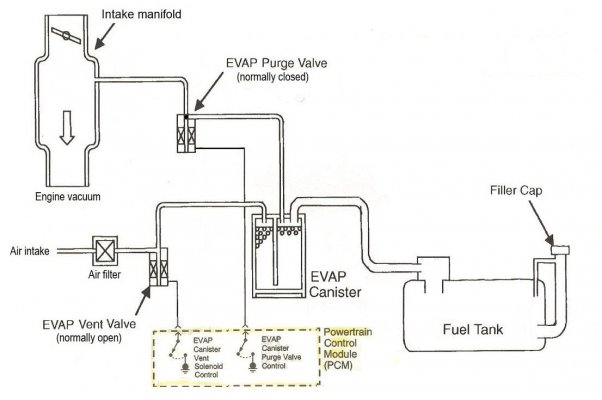2006Tahoe2WD
Full Access Member
Here's the updated part number for non-power-adjustable pedals (https://www.gmpartsdirect.com/oem-parts/gm-brake-light-switch-15128874).
The 25771554 part should work, but 15128874 is the latest part number:
View attachment 421686
From what I can tell so far is the 15128874 is no longer available. I went to the dealer and they said there is no indication when it would arrive. Looking online lots of NLA. I'm thinking going to have to go to Dorman/etc.

